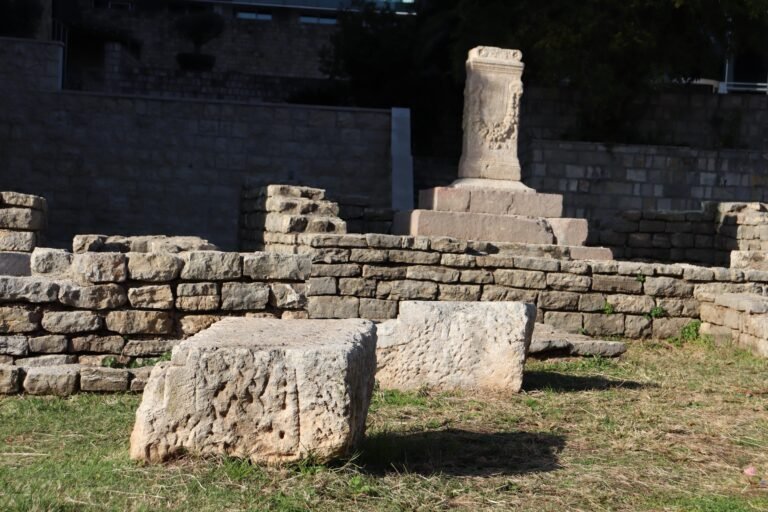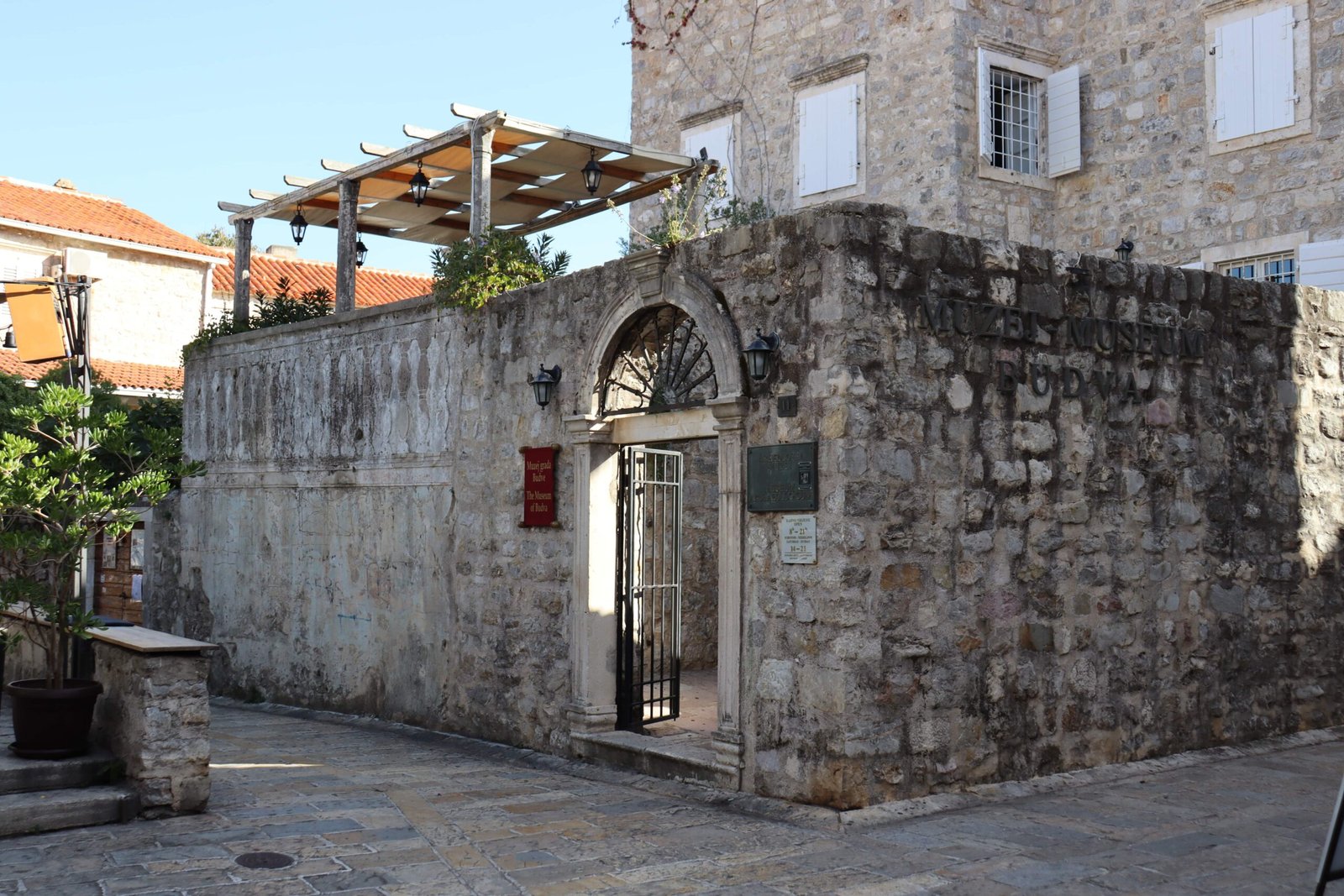Arheološki Muzej Budve predstavlja tipičan urbani objekat renesansnog sklada i koncepta. Objekat odlikuje veliki lučni barokni portal koji vodi u dvorišni dio muzeja sa bistijernom. Na zgradi muzeja mogu se uočiti terase galerijskog tipa kao i barokni stubovi. Na istočnoj strani nalaze se ostaci masivnih zidova koji su danas adaptirani za muzejski lapidarijum. Nad ulaznim vratima je ugrađen grb sa heraldičkim znakom lisice i ugraviranom godinom 1825. Nakon zemljotresa 1979, ispod ovog objekta pronađeni su ostaci rimskog pločnika. Zgrada je jedno vrijeme funkcionisala kao Etnografski muzej da bi kasnije bila ponovo pretvorena u Arheološki muzej sa etnografskom zbirkom na trećem spratu. Interesantna bilješka u istoriji Crne Gore jeste da se upravo u ovom objektu Petar I Petrović susreo sa admiralom Lorinstonom u vrijeme kada su Francuzi vladali Budvom.

1. Fragmenti antičke nekropole, I-II vijek
O antičkom periodu Budve, kao i boravku Grka i Rimljana na njenim teritorijama, živopisno svjedoči antička nekropola, koja se nalazila u blizini Starog



